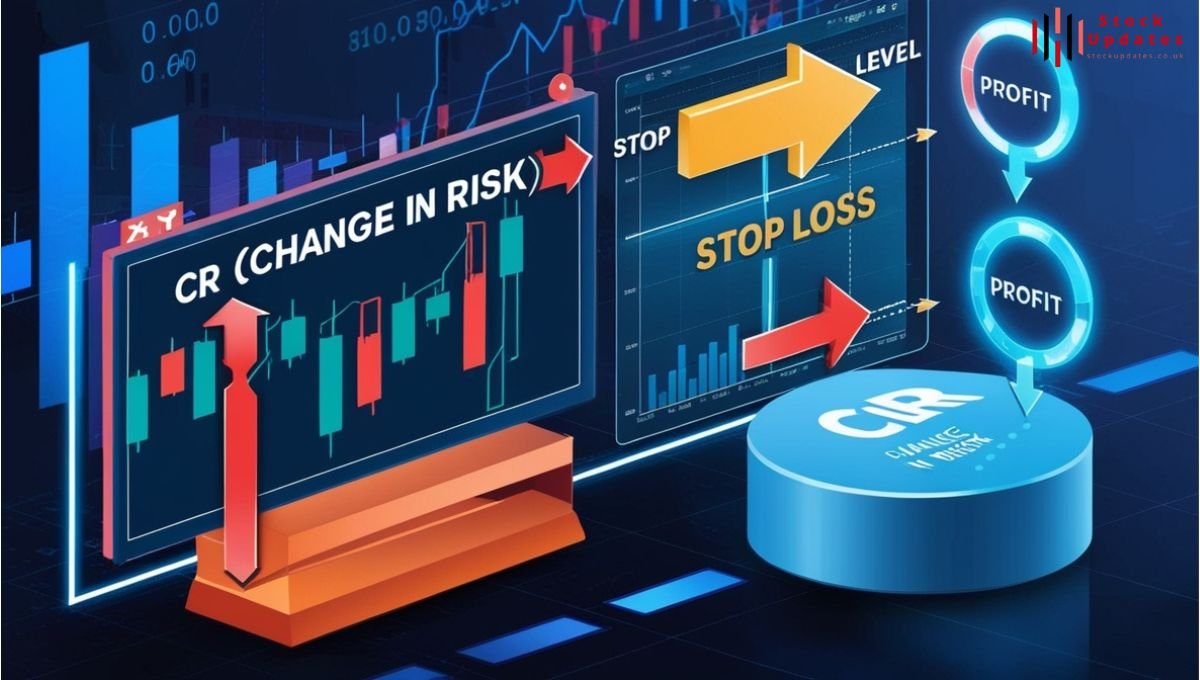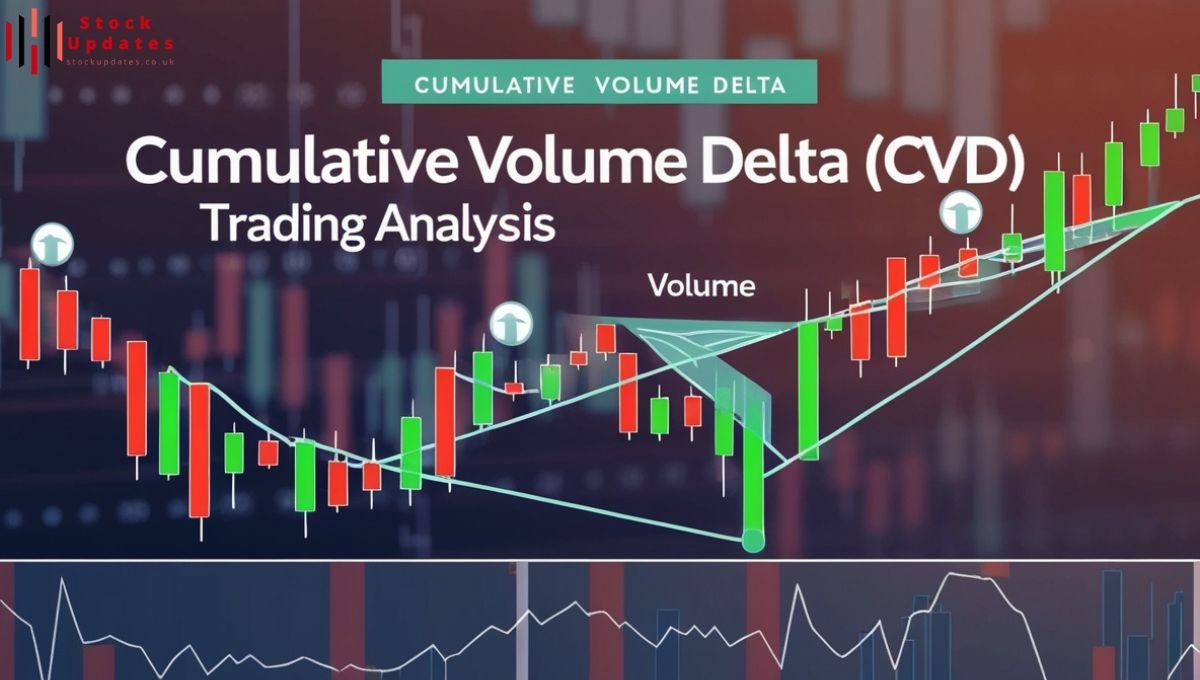Futures Trading Indicators Thinkorswim: Boost Your Success
Futures Trading Indicators Thinkorswim can sometimes be exciting, but also very challenging. It is where a person enters an agreement to buy or sell any asset at a predetermined price sometime in the future. Knowing how to navigate this landscape is a very important element toward succeeding. One of the best tools available for traders is Thinkorswim. This powerful platform offers numerous futures trading indicators Thinkorswim that will help make the most informed trade decisions. In this article, we are going to look at the ways you may utilize these indicators to attain maximum performance in trading.
Basics of Futures Trading

What is Futures Contract?
One kind of agreement through which one party commits to buy or sell an asset at a definite date and price is known as a futures contract. They are greatly used upon commodities and currencies apart from financial instruments. Futures provide traders with the possibility of hedging against possible market fluctuations or for some potential profits.
Why Use Futures Trading Indicators Thinkorswim?
Futures trading indicators Thinkorswim hold a very great position in market trends and informed decisions for traders. Those reveal entry and exit points to the traders, measure the strength of a particular market, and help control their risks. Once you realize all the indicators, you can improve your performance and win more trades.
Overview of Technical Analysis
Technical analysis is based on the movement of price and trends in the market. Future movements can be predicted from past historical prices. The majority of technical indicators help the traders to understand the present condition of the market, hence assist with making a good trading decision.
Exploring Thinkorswim

Key Features of Thinkorswim for Futures Trading
Thinkorswim, by TD Ameritrade is the best online and mobile trading service. The platform benefits from excellent charting software, customizable indicators, and extensive market research. Traders will really appreciate the ease of navigation since there will be no trouble at all in finding what they want through the several tools available.
Benefits of Utilizing Thinkorswim
There are a good number of advantages for futures trading indicators on Thinkorswim. First, it carries live data and thus makes the response time to changes easier. Then it has a multitude of indicators and allows you to combine these to suit your very own trading strategy. Yet another important advantage is having the ability to back test strategies, which illustrates to the trader how his strategies would work out if applied in the past.
Critical Futures Trading Indicators on Thinkorswim

Moving Averages
Moving averages are the simplest and most general indicators that smooth out price data. They can be used to show trends and guide a hypothesis on the potential direction of prices. There are two main types:
- Simple Moving Averages (SMA): The average price over a given period. This is a useful way of displaying the general trend.
- Exponential Moving Average (EMA): This is a moving average that implies greater weight to recent prices. It responds faster to price change, and hence it has been found useful for short-term trading.
With Thinkorswim, you may effectively plot moving midpoints on your outlines so you can follow the advancements of the patterns.
Relative Strength Index (RSI)
Relative Strength Index is an oscillator force that acts on speed and the change of cost developments. Its range is from 0 to 100; the conditions identify the overbought or oversold patterns. If the RSI value is above 70, it indicates overbought conditions, while the value is below 30, it suggests an oversold condition.
To use RSI on Thinkorswim you can just simply select it from the list of indicators. This will provide valuable insights into your chances of seeing price reversals.
Bollinger Bands
Bollinger Bands is made up of a middle band (SMA) and two outer bands. These outer bands are a manifestation of price volatility. Thus, when prices draw near the upper band, then this signals an overbought condition. This would be an oversold condition when the prices are sitting close to the lower band.
Pursuing better trading choices utilizing unpredictability cost inside the idea of Bollinger Groups at Thinkorswim.
Moving Average Convergence Divergence (MACD)
MACD is a force reactive result, pursuing the direction. In essence, an oscillator graphically represents the relationship of two moving midpoints of the price of a security. The real estimation of the MACD line exudes from taking away the 26-period EMA from the 12-time frame EMA. It is the signal line, and to my surprise, it is a 9-time frame EMA of the MACD line, and it forms an interesting event in MACD.
You can interpret MACD signals to determine potential buy or sell opportunities using Thinkorswim.
Volume Indicators
These Volume indicators measure the volume of shares that are traded within a particular period. Volume indicators are instrumental in affirming trends. When it is high, it usually denotes significant interest in a price movement; when it is low, it usually shows a lack of conviction.
Another volume indicator is OBV or On-Balance Volume. Its predictions are formed based on a change in stock price due to volume flow. You may access these indicators through Thinkorswim to gain essential insights about market dynamics.
Customize Your Future Trading Indicators in Thinkorswim

How to Customize Future Trading Indicators Thinkorswim for Your Trading Style
In Thinkorswim, you can personally customize indicators based on the trading style preferred by you. You can set up diverse settings, colors, and styles as per your preference. This way, you personalize the trading experience, keeping your focus only on the important or desirable indicators.
Multi-Indicator Setup
Altogether, so many indicators go to the formation of a single analysis. For instance, you may apply RSI and MACD combined with moving averages and use them to confirm your signals. Thus, you clean the noise signals and maximize the trading accuracy.
Deployment of Analysis Tools in Thinkorswim
Thinkorswim offers you an enormous choice of tools for analysis that can help one to make decisions in trading. You can put the following studies of charts, historical data, and even alerts onto the present trend of markets. These tools allow you to continue adjusting your strategy by adapting to any shift in the market conditions.
Development of a solid trading strategy

Integration of Futures Trading Indicators Thinkorswim into your strategy
Achieve the success you wish by having good trading strategies. Start with including the futures trading indicators Thinkorswim above. Remember that creating a strategy should take into consideration your risk tolerance and your trading style.
Back Testing Your Strategy on Thinkorswim
Back testing means testing a strategy using historical data. That allows you to test whether your strategy is effective or not before risking real capital. Well, Thinkorswim makes back testing accessible via its tools for that matter.
Back Testing Your Strategy
When you back test your strategy, analyze the results. Identify patterns in successful and unsuccessful trades. Adapt your strategy with these insights as ways of continuously improving your performance.
Techniques for Risk Management in Futures Trading

The Importance of Risk Management
Of course, risk management is very important in futures trading. It consists of identification, analysis, and minimizing risks. A well-defined risk management plan protects your capital and reduces the losses on potential losses.
Setting Stop-Loss and Take-Profit Levels
The other risk management technique is stop-loss and take-profit levels. A stop-loss will automatically close your position if the price hits a specified point, which caps your losses. Conversely, it holds some profit when the price strikes a designated level with a take-profit order.
Position Sizing and Risk/Reward Ratios
The Position estimating is how much capital that is utilized on a trade. Position Sizing is crucial and must be used in relation to one’s risk appetite and account size. In doing this, you must evaluate the risk/reward ratio of a particular trade. A good risk/reward ratio would be 1:2 or more, wherein you must win twice what you risk.
Practical Tips for Using Futures Trading Indicators on Thinkorswim

Common Mistakes to Avoid
Many traders make wrong moves when applying indicators. Relying on only one indicator can give you the wrong signals. Use several indications and lay them on top of one another to confirm that it is indeed a signal. Do not make decisions when your emotions are inflamed by the short-term movement of the market.
Staying Updated with Market Trends
Keep track of market news and trends. You may follow the financial news media, economic indicators, and market reports. These information sources can enlighten you to good trading decisions.
Building a Trading Routine
Having a regular trading habit is helpful because it helps to be better in performance. Set apart some hours for research and analysis and trading. This will keep your attention intact since you cannot allow emotional trading to dictate your decisions.
Key Features of Popular Futures Contracts
It is nice to know which characteristics each futures contract holds that can refine your trading strategy even more. Some widely traded futures contracts and their key attributes are as follows:
| Futures Contract | Underlying Asset | Contract Size | Tick Size | Margin Requirement | Trading Hours |
| Crude Oil | WTI Crude Oil | 1,000 barrels | $0.01 | $3,000 | 24 hours |
| Gold | Gold (100 oz) | 100 troy ounces | $0.10 | $4,500 | 24 hours |
| S&P 500 E-mini | S&P 500 Index | $50 x index | $0.25 | $500 | 24 hours |
| Corn | Corn | 5,000 bushels | $0.25 | $1,000 | 24 hours |
| Soybean | Soybeans | 5,000 bushels | $0.25 | $1,200 | 24 hours |
Conclusion
All in all, using Futures Trading Indicators on Thinkorswim can altogether upgrade your exchanging achievement. Therefore, understanding these indicators and applying them properly is your passport to making the right decisions, risk management, and strong trading strategies. Then, be disciplined, learn, and always get ready to adapt to change with the market. Start now and maximize your trading success!
Must read our article Thinkorswim Show 20 Strikes at a Time.
Read more about Trade at Stock Updates.
























2 comments